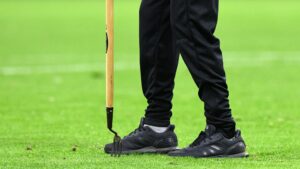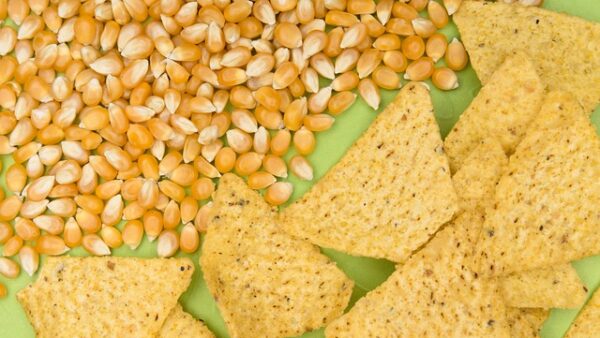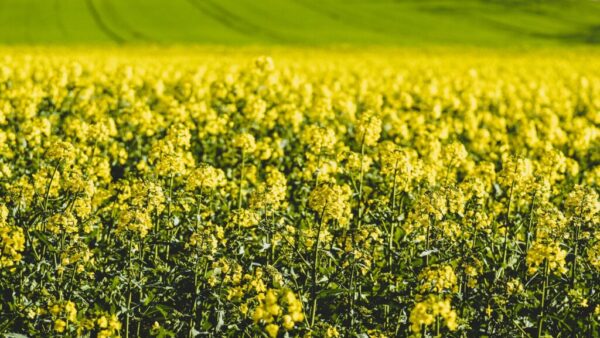There’s no doubt the Rugby World Cup is a major competition.It is officially the world’s third biggest sporting event after the Olympic Games and the FIFA World Cup.
The six-week tournament that began Sept. 18 is being held in 10 English cities as well as in Cardiff, Wales. Thirteen match venues are playing host to the 48 games that will celebrate the sport and engage more than two million spectators, including more than 400,000 international travelling fans. On Oct. 31, the final of the Rugby World Cup will be played at Twickenham, England in the largest stadium in the world devoted solely to the sport of rugby.
All Natural Grass Pitches
It’s a positive statement about the development of natural grass pitches in that all of the matches at the Rugby World Cup will be played on natural turf. Thanks to rigorous on-going global seed breeding programs, together with advances in turf management techniques, today’s natural and hybrid turf pitches deliver outstanding wear and shade tolerance plus excellent tensile strength, despite the additional challenges of modern super stadiums — most of which now use a 100 per cent blend of perennial ryegrass.
Increase in Wear Tolerance
According to research documenting the benefits of natural versus artificial turf, perennial ryegrass has increased its wear tolerance by one per cent year on year. This means that a pitch delivering 330 hours of play in 1975 would be yielding well over 450 hours today. In the case of a hybrid pitch, this can be increased to more than 750 hours annually, due in part to the strong rooting capacity of perennial ryegrass which enhances the inclusion of artificial fibres in the topsoil (which in the Desso system, are woven into the surface). Even though the artificial fibres only make up approximately four per cent of the surface, a hybrid pitch system delivers a very strong and stable surface that’s ideally suited to the challenge of hosting punishing World Cup rugby matches as well as a normal football schedule.
Modern Sports Turf Varieties in Top Venues
Today’s renovation mixture will typically include three to four perennial ryegrass cultivars for optimal disease resistance. Cultivars are selected primarily based on their overall wear tolerance and visual appeal, but colour, disease resistance and recovery speed all come into play. The cultivar Columbine is a classic example of the modern sports turf perennial ryegrass, being used at the majority of the tournament venues. Twenty years ago the cultivars used for football and rugby were hard-wearing but relatively broad and open in habit. Today, Columbine not only has exceptional wear tolerance but also possesses a very fine leaf and exceptional shoot density, as well as the camera-friendly colour and disease resistance that the leading venues are looking for.
Pitch Management Plan
To allow the maximum time for the establishment of the new surface, pitches typically will be stripped with the use of a fraize mower as soon as the previous season is over. As well as preparing a smooth and level surface for seeding, this has the added benefit of removing excess organic matter and any poa annua that has built up over the year. Following any decompaction work and the application of any required topdressing, the pitch will then be direct drilled, typically at a seed rate of 50-75 grams per square metre. In trials, the higher rate has proven to deliver the strongest surface in the shortest possible time, while also reducing the chance of poa annua being reestablished.
Hard-wearing Seeds for Rugby
All of the venues selected for the Rugby World Cup tournament are existing commercial developments, so it was up to them to make their own seed selections. Preparing a pitch for a top world-class rugby event, as well as keeping a focus on how their normal renovations were done, saw groundskeepers considering such factors as nutrition, light and irrigation when deciding which seed mix and cultivars to choose for rugby use as opposed to strictly football use.
Many groundskeepers have turned to DLF for their seed selections. A grass seed supplier for the last two FIFA World Cups, DLF is a major supplier again at the Rugby World Cup for those host clubs that decided to overseed their fields. DLF cultivars were a popular choice, either in direct Johnsons Sports Seeds mixtures or via third party mixtures that contained them.
This was the case with Leicester City FC of the British football Premier League, whose home King Power Stadium was chosen to host matches for the Rugby World Cup. All of the pitch preparations had to be done on a tight schedule, as the day before each rugby game a training session known as the Captain’s Run was held on the pitch — resulting in a total of three Captain’s Runs and three games in just eight days!
John Ledwidge has been head groundskeeper for Leicester City FC since January 2014. He started in the groundskeeping field at the young age of 13, initially doing voluntary work and then moving into an apprenticeship at Coventry City FC. He became deputy head groundskeeper there at the age of 19 and head groundskeeper at Coventry City at the age of 24, with a spell at Aston Villa in between.
Currently, Ledwidge has a staff of seven to support him at Leicester City. In addition to the main pitch, Ledwidge’s team is responsible for maintaining seven and a half pitches at the training ground, with Johnsons Sport Seed mixtures being involved in most of them. Ledwidge said he’s used J Premier Pitch everywhere he’s been, noting it’s a seed that has achieved great results at a lot of high profile venues — rugby and football alike. “It’s tried and tested,” Ledwidge said. “I trust it to do what it says on the tin.”
Twinkle Toes or Brute Force Machine
“With the playing schedule we’ve been given,” explained Ledwidge, “the pitch will be subjected to a lot of wear from a completely different species of player — from a ‘twinkle toes’ footballer to an 18-stone brute force machine of a rugby player! This means it is so important to use seed you can trust will deliver when it comes to it,” said Ledwidge. “I have peace of mind that we will be able to turn the pitch around, as nine days after the Rugby World Cup we’ve got our first football game back at the stadium. It’s going to be hectic but the whole team is looking forward to the challenge.”
J Premier Pitch seed was sown in the summer across the majority of the pitches at the training ground as well as at the Leicester City FC stadium. Because the pitches use artificial lights, sowing started about a month earlier than normal to ensure the grass surface was as strong as going into the schedule. It required a lot of hard work from Ledwidge’s team to make sure each field was cleaned up and well presented for the rugby matches the day after every Captain’s Run.
Well Prepared and Equipped
Prior the start of the Rugby World Cup, Ledwidge said: “I’m hoping the weather will be fair to us, although with the pitch of a sand-based Desso construction it is well designed to cope with higher rainfall and heavy wear and does drain relatively freely. As we’re not used to maintaining a dual-use facility, it is a challenge, but the team are making the right preparations to ensure they are well prepared and well equipped to cope.”
Ledwidge adds that “the main challenge will be to keep the plant strong, healthy and maintaining grass cover. This is the aim for the tournament, so that when it’s turned back around to be used for football it is at the standard they expect. With football it is essential to ensure that the grass cover is good, but with rugby it is not quite so imperative because the ball isn’t played on the ground.”













